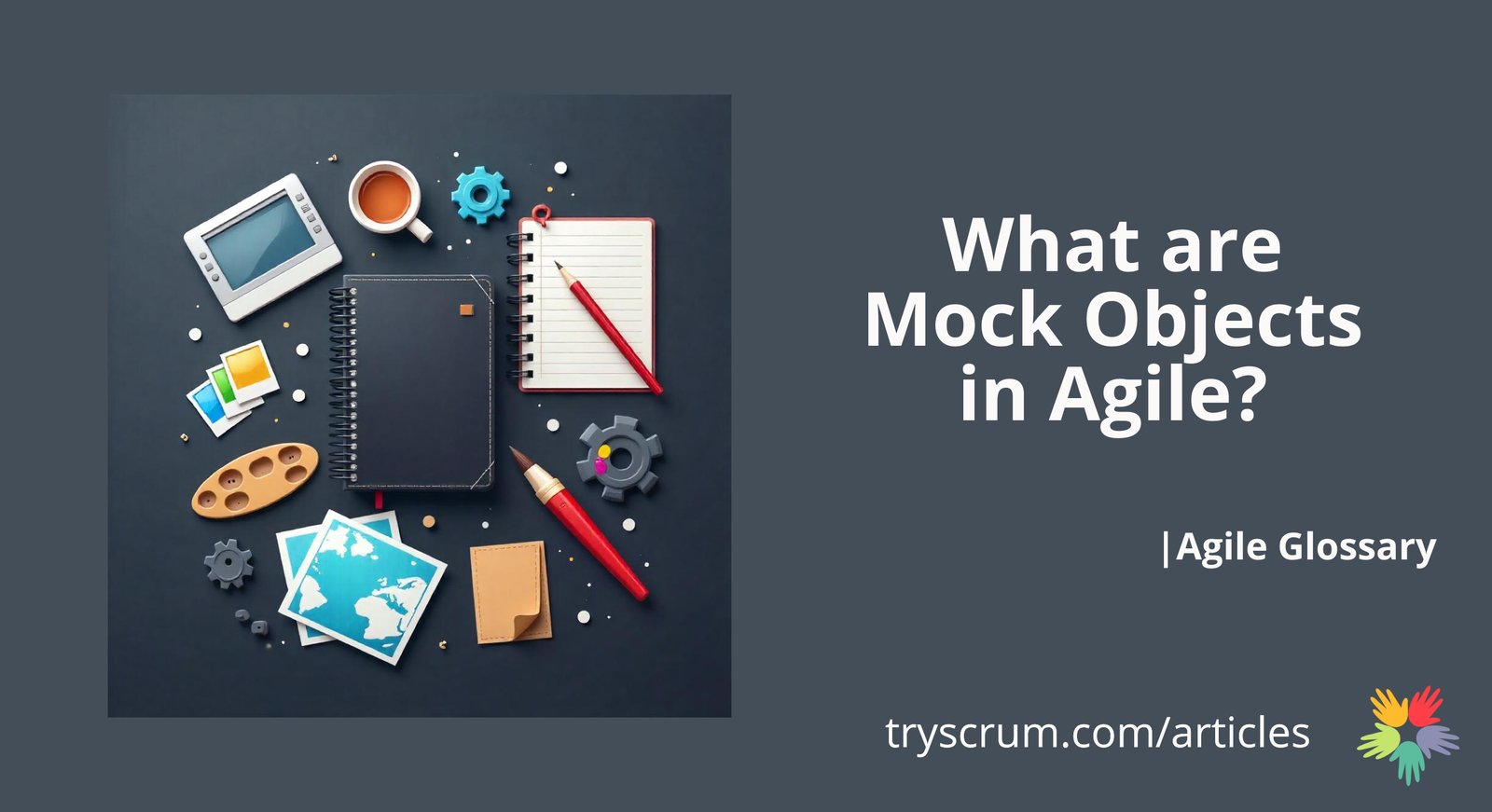Mock Objects are fundamental in Agile software development, particularly in Test-Driven Development (TDD) and unit testing. They serve as simulated versions of real objects, enabling developers to test individual components of an application without relying on the behavior or availability of actual dependencies.
Why Use Mock Objects?
Agile development emphasizes delivering working software quickly and adapting to change. This requires frequent testing to ensure code quality and functionality. Mock objects play a vital role in this process by:
Simplifying Testing
They allow testing of components without setting up complex environments or systems.
Improving Focus
Developers can concentrate on the logic of the component or feature being tested, without being distracted by external dependencies.
Ensuring Reliability
Mock objects provide consistent, predictable behavior, helping identify issues within the component or feature being tested.
Speeding Up Development
Since mocks bypass external systems, tests run faster, enabling quicker feedback loops.
Key Features of Mock Objects
Behavior Simulation
They replicate specific behaviors of real objects, such as returning a predefined response or throwing exceptions.
Customizable Responses
Developers can configure them to handle different test scenarios, ensuring comprehensive coverage.
Isolation of Dependencies
By replacing real objects, mocks isolate the component or feature being tested, making it easier to identify issues.
How Do Mock Objects Fit Into Agile Practices?
In Agile, frequent and automated testing is essential to maintain the pace of iterative development. Mock objects integrate seamlessly with this approach, allowing teams to:
– Test early and often, identifying issues before they escalate.
– Validate individual units of code without waiting for all dependencies to be ready.
– Enhance collaboration between developers and testers by providing clear, reproducible test scenarios.
Conclusion
Mock objects are a powerful tool for Agile teams, simplifying testing and improving code quality. By enabling focused, reliable, and efficient testing, they help teams deliver better software faster. Whether new to Agile or looking to deepen your understanding, mastering mock objects can significantly enhance your development toolkit.

































